Every year, when the clock strikes January 20th, Cusco immerses itself in an ancient tradition that defies conventional limits: the “Chiaraje,” a ritual battle between the localities of Ch’eqa and Q’ewe in the province of Canas. This event, infused with deeply rooted beliefs, maintains that the shedding of blood in this peculiar contest will bestow unparalleled fertility upon the land and ensure prosperity from the dawn of the new year in the Andes.
The history of this confrontation traces its roots to time immemorial, where the Canas localities known as “Los Altos” (Checca, Langui, Layo, and Kunturkamki) and “Los Bajos” (Pampamarca, Túpac Amaru, Quehue, and Yanaoca) engage in a ritual dance of provocations and strategies in two acts: morning and noon. Historians position Chiaraje as an ancestral offering to Pachamama, aimed at preserving soil fertility from generation to generation.
History of Chiaraje
According to the American historian Diane Hopkins, Chiaraje dates back to the time of the Tahuantinsuyo, due to battles between Hanan and Urin Cusco, presided over by the Inca. Likewise, Bernabé Cobo mentioned that in ancient times, the battle was fought with slings that launched “certain fruits like prickly pears.” This means that people threw fruits at each other, simulating a battle, but ultimately it was considered a “pukllay,” which means playing in Quechua. In the past, the Inca would end the pukllay, thus closing the confrontation and bringing peace between both sides.
Historically, the battles of Hanan and Urin Cusco took place in December, February, and March. According to chroniclers Cobo and Guaman Poma de Ayala, the battle occurred during the least active moment of the growing season, precisely when there is neither the beginning of planting nor harvesting. Finally, it should be explained that, thanks to oral sources, Chiaraje has been considered a belief to influence and predict the upcoming harvest. Additionally, the shedding of human blood ensures a good harvest and prosperity in Andean ideology.
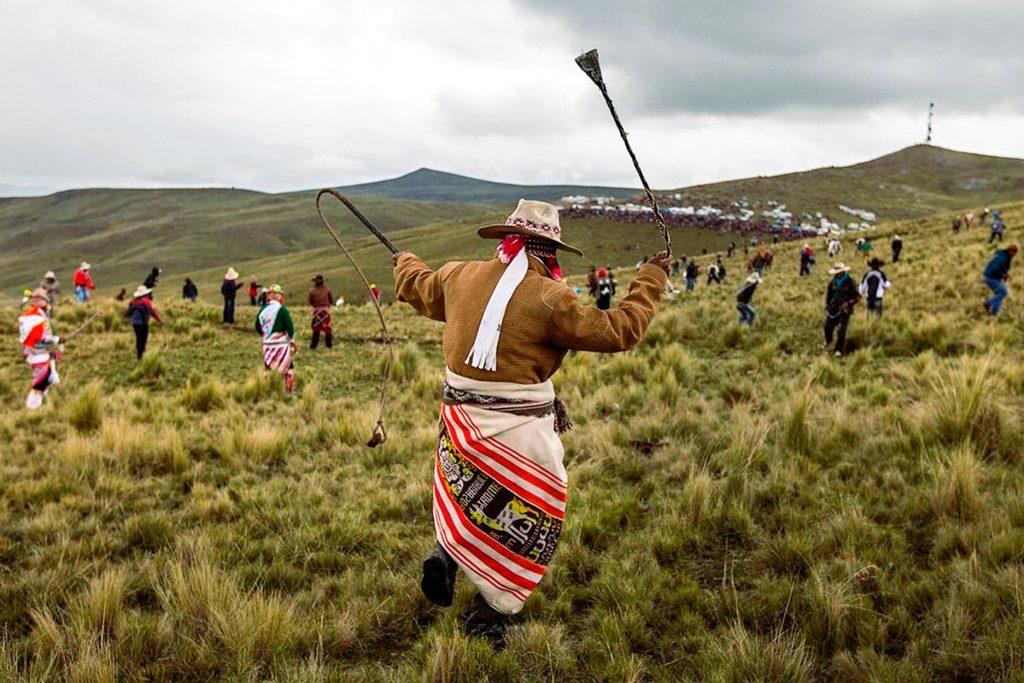
Encounter Structure
In this unique battle, more than 2 thousand peasants gather, forming groups that face each other on multiple fronts. The morning phase unfolds provocations, insults, and, in some cases, bold forays into enemy territory. The second phase, held at noon after a brief lunch break, becomes a unique celebration, accompanied by music from traditional instruments and shared euphoria while toasting with liquor. This feast takes place at a dizzying altitude, exceeding 4,500 meters above sea level, adding a touch of mysticism to this ancient tradition that persists in the heart of Cusco.
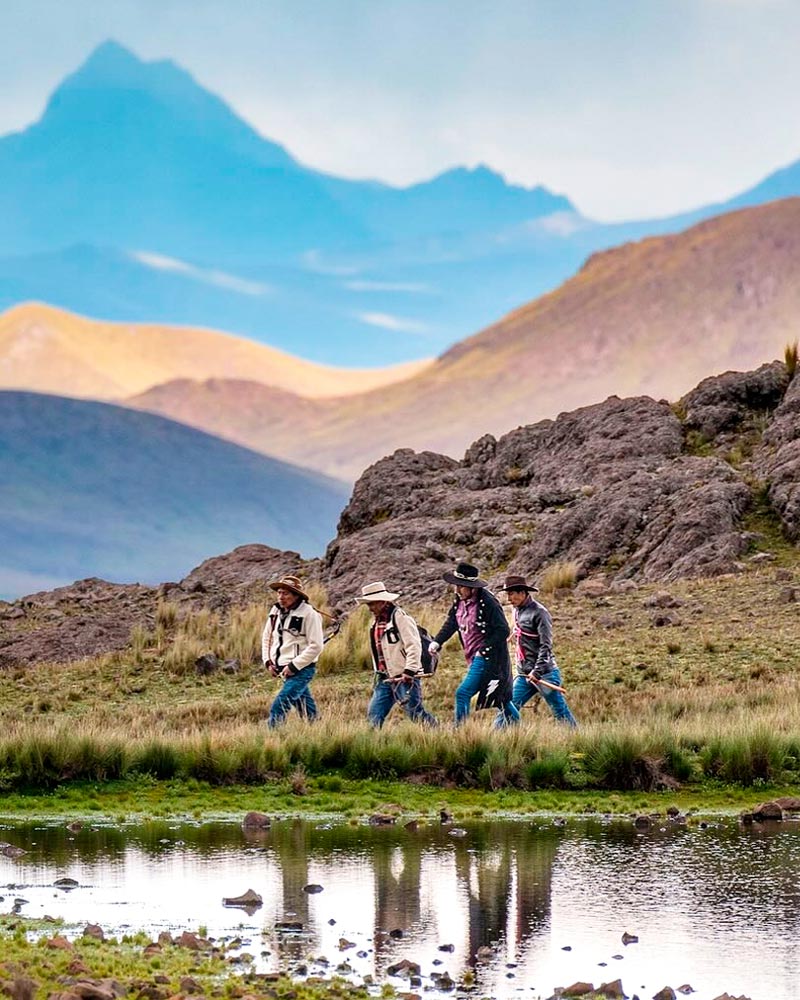
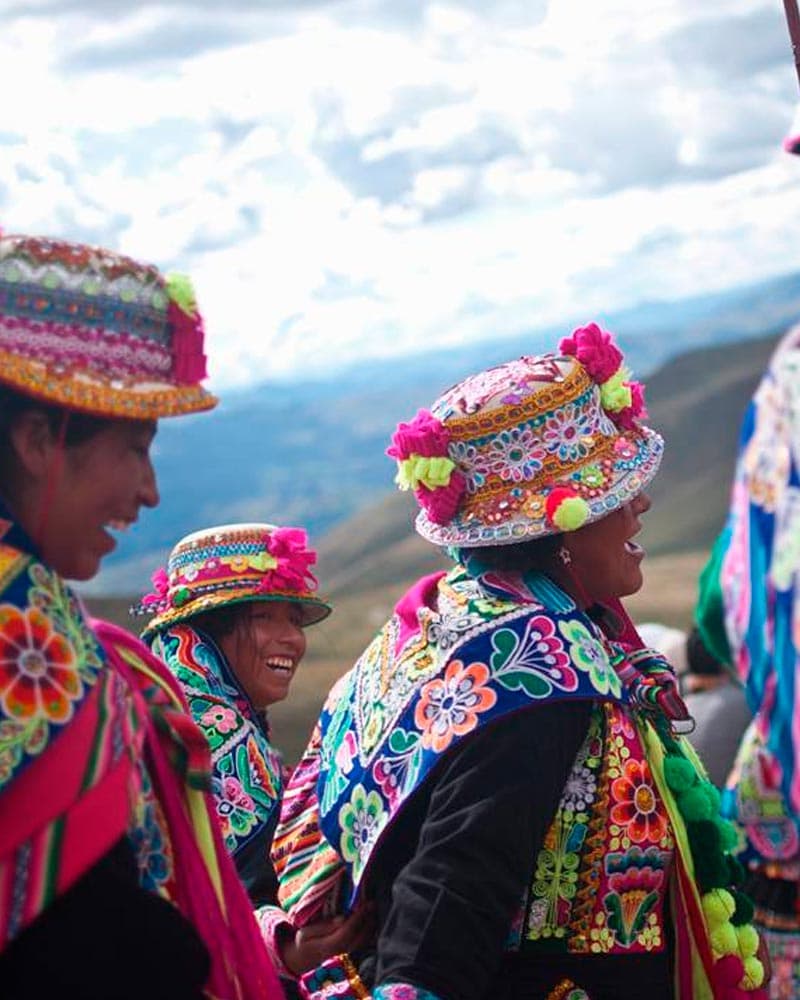
Importance of Chiaraje
Sowing and harvesting in the Andean region are crucial economically and culturally important. Agricultural cycles not only sustain the life of communities but are also intrinsically linked to their traditions and ways of life. Agriculture in the Andes is the foundation of the local communities’ diet, with crops such as potatoes, quinoa, corn, and other native foods constituting the fundamental food source for Andean populations. In this sense, agricultural practices are intertwined with the history and culture of Andean communities, closely related to rituals and celebrations before, during, and after the harvest, such as the Ritual Battle of Chiaraje.
Although for many villagers, this battle might seem like a game, its significance goes beyond apparent fun. In this display of strength, each community member tests their bravery, honor, and prestige. Contrary to what might be assumed, the two sides do not face each other out of ancestral hatred accumulated over the years, but out of adherence to a tradition they consider fundamental for their people.
It was as if throwing stones and exerting physical effort were offering a tribute to Pachamama. The joy and satisfaction they experienced by shedding their blood in honor of Mother Earth transcended mere combat. The attire worn by the participants constantly reminded them of the importance of their cultural roots, highlighting the magnificence of the Andean heritage.
Stories were woven around this unique ritual. Popular belief held that in every battle, there would always be at least one fallen. According to local interpretation, this fall represented an auspicious start to the year for both sides. But if there were only wounded, the omen turned gloomy, foretelling an unfavorable year, especially regarding rainfall.
The legends of Canas spoke of this ancient battle as an act of renewal, a profound connection with the land and its gods. Although various interpretations and myths surrounded the event, the residents embraced it with tangible energy and pride. It was the continuation of a tradition passed down with devotion from generation to generation, ensuring that the stones thrown in this festival would resonate eternally in the mountains that held the secrets of Canas.
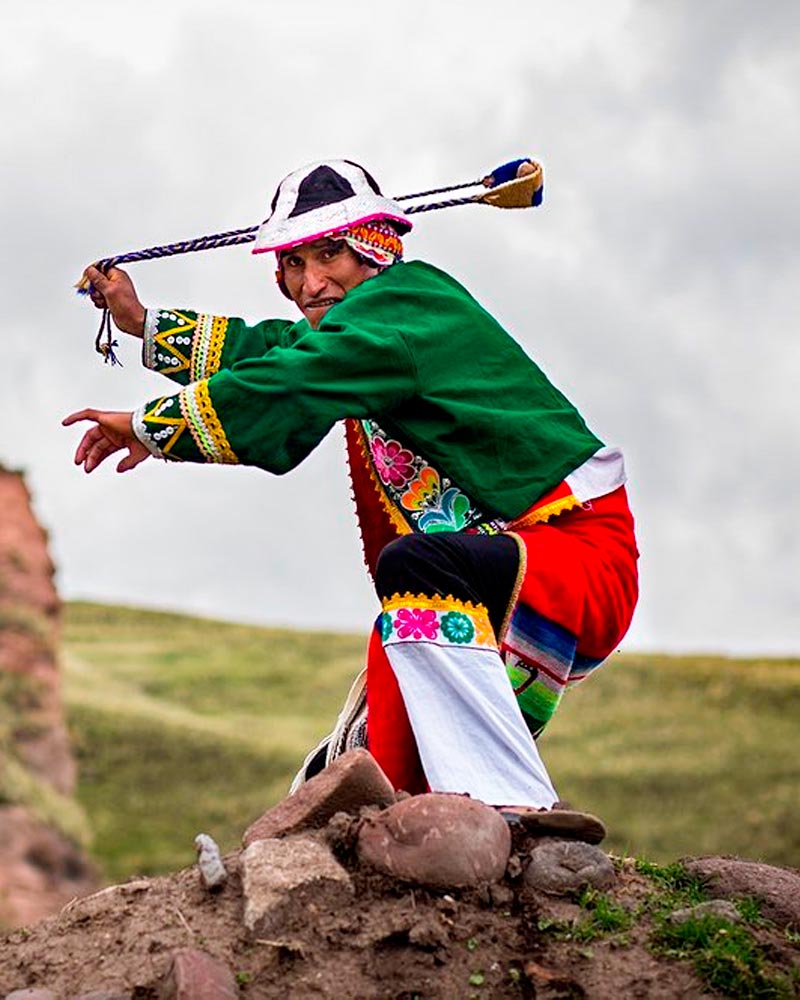
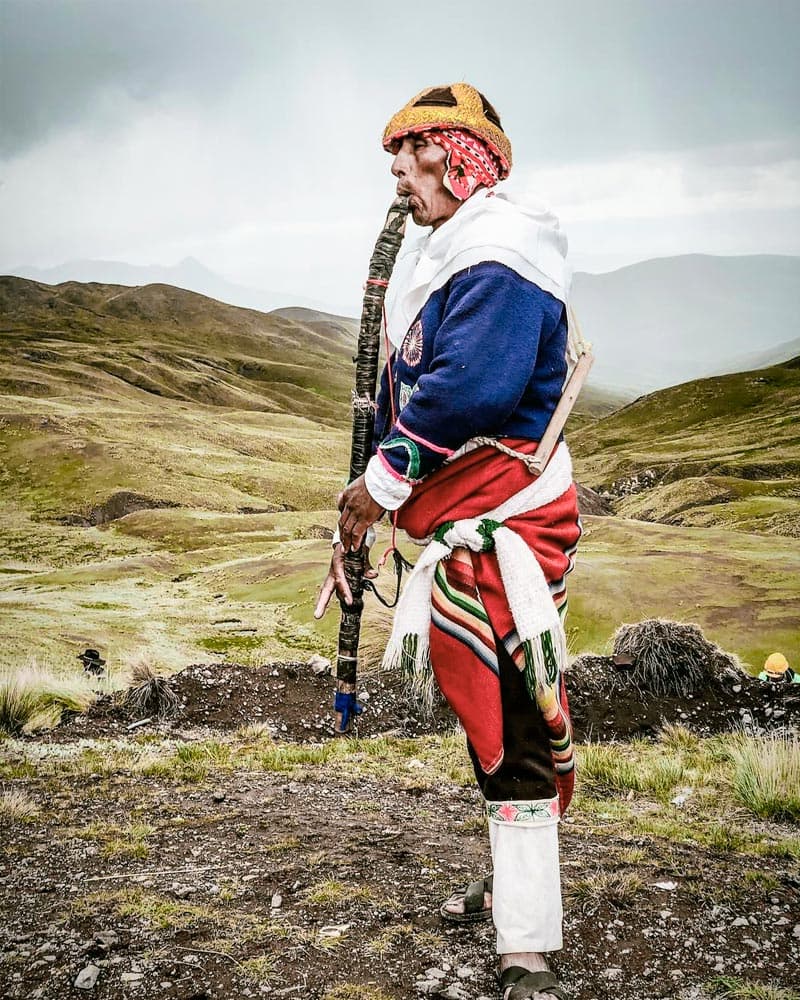
Frequently Asked Questions:
Why is this ritual battle called Chiaraje?
It seemed that the peasants named this battle after the region, using the word Chiaraque, which comes from two Aymara words. Chiyara, meaning black color, and Aqe, meaning rock or cliff, which refers to a location nestled in the highlands (Sefun Gitl Contreras, 1961). Additionally, in other regions of the country, similar confrontations occur with different names, such as the Tocto fight that takes place on the border between Kanas and Chumbivilcas. It has been concluded that these battles mostly take place on hills, streams, or lakes near communities. This is because the ritual battle addresses religious themes, seeking to influence the apus (mountain gods), Pachamama (Mother Earth), and the land.
What is the structure of the battle?
The Chiaraje ritual battle has two parts: the first part occurs in the morning, and the second in the afternoon of the same day. In the first part, residents gather with songs and chants at the meeting place. Provocations and insults lead to skirmishes, with some participants entering the fray on horseback across the opponents’ territories. Around noon, both sides take a break for lunch, creating a festive atmosphere with traditional music and the consumption of food and drink, given the location’s altitude of 4,500 meters above sea level. As mentioned earlier, the second part takes place in the late afternoon, around 3:00 pm, initiating the traditional hand-to-hand combat with stone throwing, among other activities.
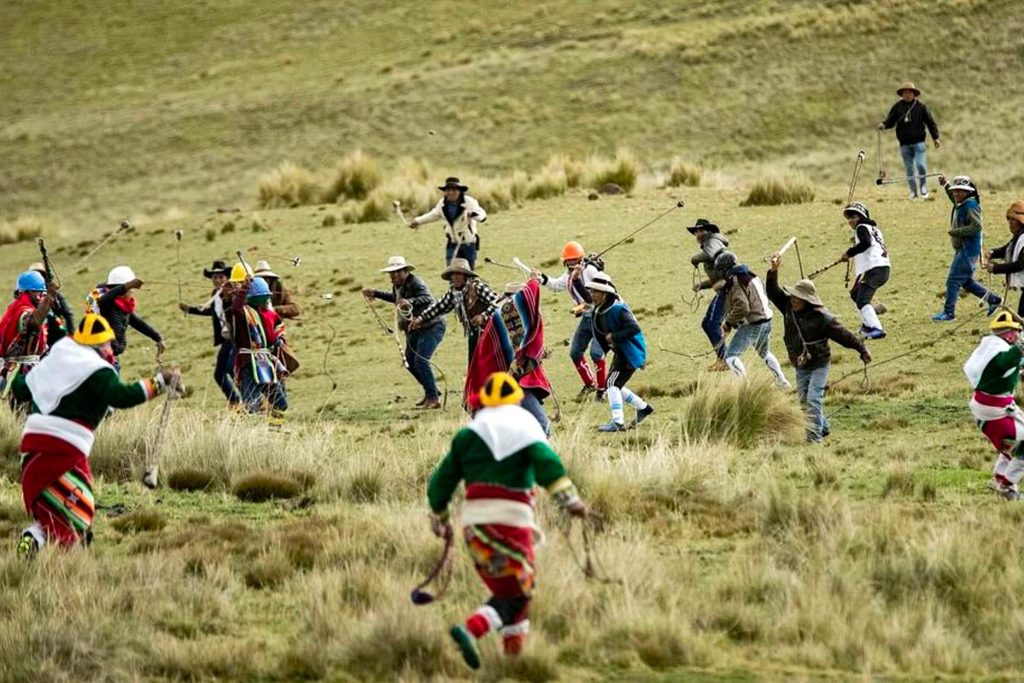
When is Chiaraje held?
This ritual battle occurs every January 20th in the Canas province of the Cusco department. Three communities participate in the event through singing, physical confrontations, music, and faith. According to their belief, if there is bloodshed, there will be abundance and prosperity throughout the new Andean year.
Where is Chiaraje held in Cusco?
Chiaraje occurs in a remote Andean village in the Canas province, where three neighboring communities, Langui, Q´ewe, and Ch´ecca, participate.
What does Chiaraje mean?
Chiaraje is an ancestral battle considered an act of renewal, a deep connection with the earth and its gods. Despite various interpretations and myths surrounding the event, the residents embrace it with tangible energy and pride. It is the continuation of a tradition transmitted with devotion from generation to generation, ensuring that the stones thrown in this festival resonate eternally in the mountains that guard the secrets of Canas.


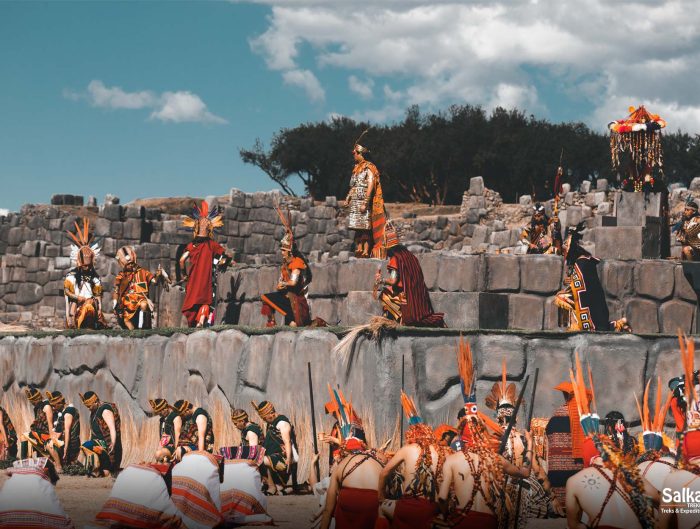


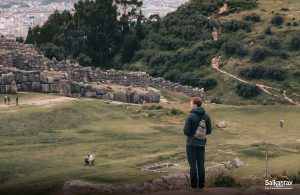
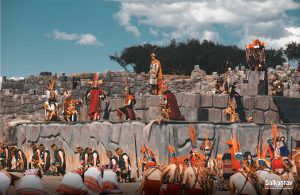
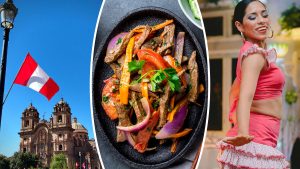



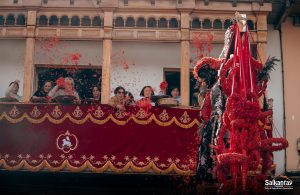
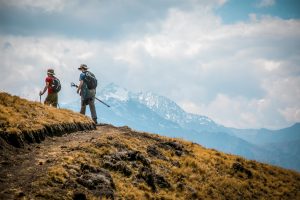
Leave A Reply